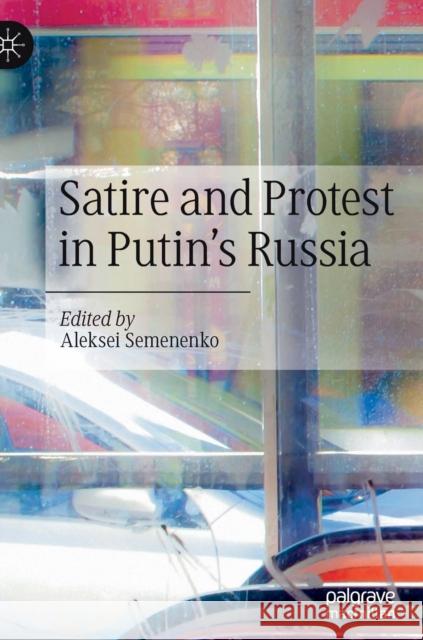Satire and Protest in Putin's Russia » książka
topmenu
Satire and Protest in Putin's Russia
ISBN-13: 9783030762780 / Angielski / Twarda / 2021 / 454 str.
Satire and Protest in Putin's Russia
ISBN-13: 9783030762780 / Angielski / Twarda / 2021 / 454 str.
cena 602,40
(netto: 573,71 VAT: 5%)
Najniższa cena z 30 dni: 539,74
(netto: 573,71 VAT: 5%)
Najniższa cena z 30 dni: 539,74
Termin realizacji zamówienia:
ok. 22 dni roboczych
Dostawa w 2026 r.
ok. 22 dni roboczych
Dostawa w 2026 r.
Darmowa dostawa!
Kategorie BISAC:
Wydawca:
Palgrave MacMillan
Język:
Angielski
ISBN-13:
9783030762780
Rok wydania:
2021
Wydanie:
2021
Ilość stron:
454
Waga:
0.41 kg
Wymiary:
21.59 x 21.59 x 1.52
Oprawa:
Twarda
Wolumenów:
01
Dodatkowe informacje:
Wydanie ilustrowane











